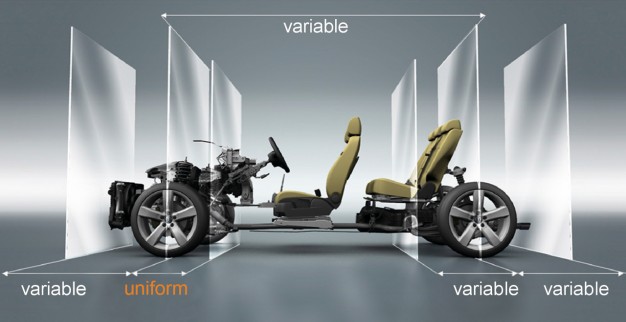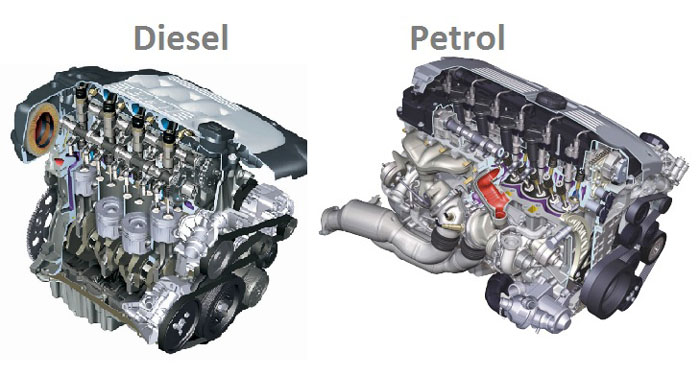
The word “platforms” rings a bell in the minds of auto enthusiasts every now and then when they come across phrases like “This vehicle was built on the older version’s platform..” or something of that sorts. Chances are that they might just rush past assuming a platform to be something synonymous to a chassis or an under body for that matter, which is quite wrong. In fact, the vehicular platform describes a design process rather than a part or a component.
Majority of the blame falls on the very word used to represent the process. Our minds are used to relating platforms to something that holds a larger structure together or something that behaves as a foundation on which an entity is built on. The automobile jargon’s meaning would rhyme more with the second presumed definition. The vehicular platform is a set of design, engineering and production efforts which forms foundation for a variety of vehicles to be built and this may or may not transcend OEMs and segments. The vehicular platform basically forms guidelines for an automaker to take inspiration from a pre-existing model when setting out on a new project.
It is not just the implemented design language but also the associated production process, the machinery, tooling, production cost and overheads, set of common components between the older and the newer vehicle which are inclusive of the platform super set.





